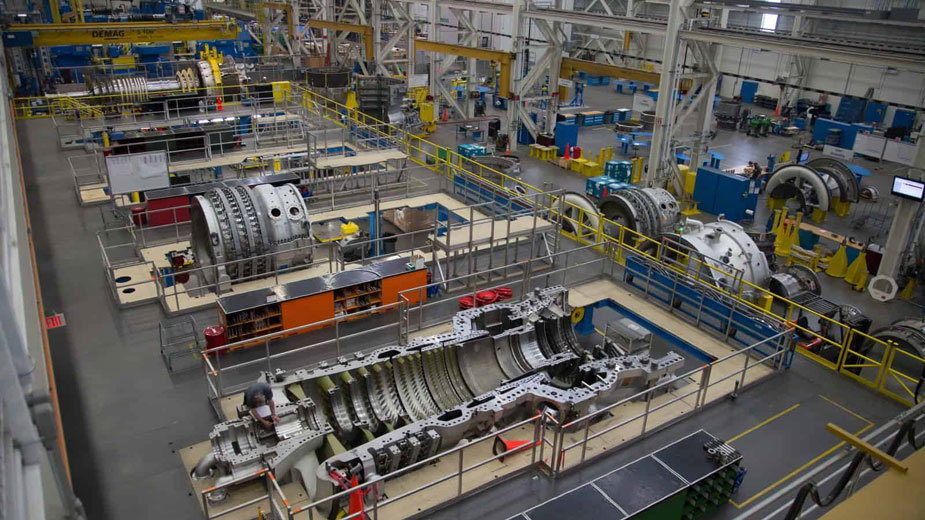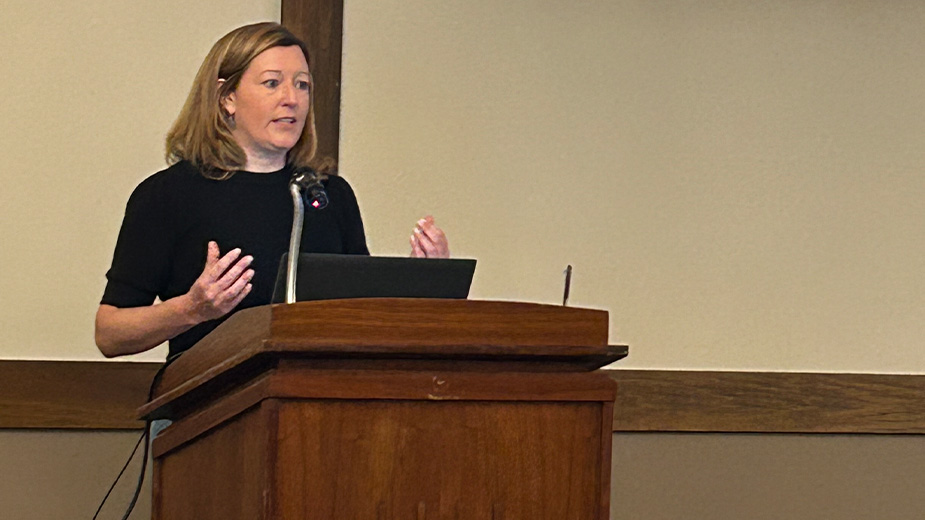Manufacturing Accounts for 20% of Regional Economy
YOUNGSTOWN, Ohio –Projected job openings and the potential for growth through technology could be keys in accelerating the manufacturing industry in northeastern Ohio, concludes a pair of industry reports.
The region’s $42.6 billion manufacturing industry employs more than 270,000 workers and is responsible for 20% of its economy, according to the Quarterly Economic Review from Team NEO, a nonprofit economic development organization covering 18 counties in northeastern Ohio.
“From a high level perspective as we look at manufacturing in northeast Ohio, it’s still responsible for the second largest number of private sector jobs in the region at 270,000-plus for a gross product that is directly 20% of the regional economy,” says Jacob Duritsky, vice president of strategy and research for Team NEO. “If you think … about those secondary impacts like supply chain and retail impacts that come with that, it’s between 40% and 50% of the overall economy.”
One of the reasons that manufacturing jobs are among the top growing job markets in Team NEO’s 2019 Aligning Opportunities report addressing the demand and supply imbalance in the region’s workforce.
“A lot of people talk about the narrative of decline in manufacturing employment. That’s real, but what happens in time is in manufacturing and manufacturing-related jobs, it’s projecting almost 46,200 job openings, which is a tremendous demand,” Duritsky says.
Team NEO’s report coincides with the release of the 2020 Ohio Manufacturers Survey by the Manufacturing Advocacy and Growth Network, or Magnet, which surveys 670 companies.
Topping the list of priorities for manufacturers are talent (63%), sales (49%) and efficiency (30%), according to the Magnet report.
With Team NEO’s projection of more than 46,000 annual job openings, Magnet CEO Ethan Karp writes, “[Northeastern Ohio] cannot become a leader in advanced manufacturing unless we fix the talent gap.”
The Magnet report finds 57% of companies believe a shortage of skilled workers is limiting manufacturing growth. Other results counter that, as 30% of those surveyed say growth is limited because of the rising cost of health care, 26% because of retirements and 25% because of increased costs for raw materials.
Team NEO’s report delves into manufacturing subsectors by GDP, employment, export concentration and projected annual job openings.
According to the report, there is a broad range of subsectors in manufacturing. The top subsector, in terms of output, is chemicals at $6.76 million. Fabricated metal products is second at $6.13 million and transportation equipment is third at $4.58 million.
The largest occupations in the sector, including traditional roles like laborers, material movers, truck drivers and assemblers/fabricators, continue to be the most important. At 53,400 jobs, the fabricated metal product subsector employs more workers than any other subsector in the region, according to the report.
Exports also play an important role in economic growth and are vital to the flow of new dollars into the area. Primary metal, fabricated metal products, plastics and rubber products and machinery boast the highest concentrations of exported goods among all manufacturing subsectors, the Team NEO report states.
Driving momentum in the region is technology, which Team NEO predicts will change the face of manufacturing in the region.
“Industrial Internet of Things, or IIoT, offers manufacturers the opportunity to gain a competitive advantage within their own companies while collectively advancing the growth trajectory of manufacturing,”the report says. “IIoT could potentially have an incremental economic impact on [gross regional product] of up to $13 billion annually by 2025.”
Magnet reports the digital transformation journey is just beginning for the vast majority of manufacturers in northeastern Ohio, and small- to medium-sized companies are struggling to find on-ramps.
The high price tag means small companies aren’t prioritizing the technology or don’t have the money to invest in it, says Magnet’s Karp.
“That’s tricky because 90% of companies in our region are under 100 employees,” Karp says. “Their ability to take on these technologies and make these investments is going to make a difference between whether we are, as a region, the hub for advanced manufacturing in the next decade or not.”
Karp believes all of the pieces exist for this to happen through the smart manufacturing cluster that Team NEO runs and innovative sector partnerships like with the Mahoning Valley Manufacturers Coalition.
“I would say it has to happen. It is a leadership issue and how they deal with risk, making the tough decisions about what they are going to be in the future and how much they are going to invest today,” Karp says. “That is going to determine how well we compete in the future.”
He is optimistic, saying the pieces are in place to bring together everything needed for small companies to be a part of the future.
“We need capital, awareness of what technologies are and help in thinking through how those technologies apply to them. Today, a lot of those technologies are being marketed at much larger costs to much larger firms and it hasn’t trickled down into smaller manufacturers,” he says.
Other major investments that need to occur, Karp says, are in continuous product developments. Magnet reports that 14% of companies surveyed focus on innovation as a core business strategy and 45% did not launch a new product in 2019.
“These are all major investment issues that we need leaders to stand up and make the decisions on. If they’re not, we as community need to help them see what the future would be if they make those investments,” he says.
Technology and innovation are major themes in the Magnet report, which points out that while automation is feared by many as code for reducing employment, 84% of companies use it to increase productivity. It’s not so much that technology is replacing people, Duritsky says, but that industry requires different types of talent.
“When I think about productivity, it’s really the story of manufacturing,” Karp adds. “We have seen some lag in productivity growth, not just here, but nationally over the past three to four years. My guess is there is an element that is human capital related.”
Copyright 2024 The Business Journal, Youngstown, Ohio.



